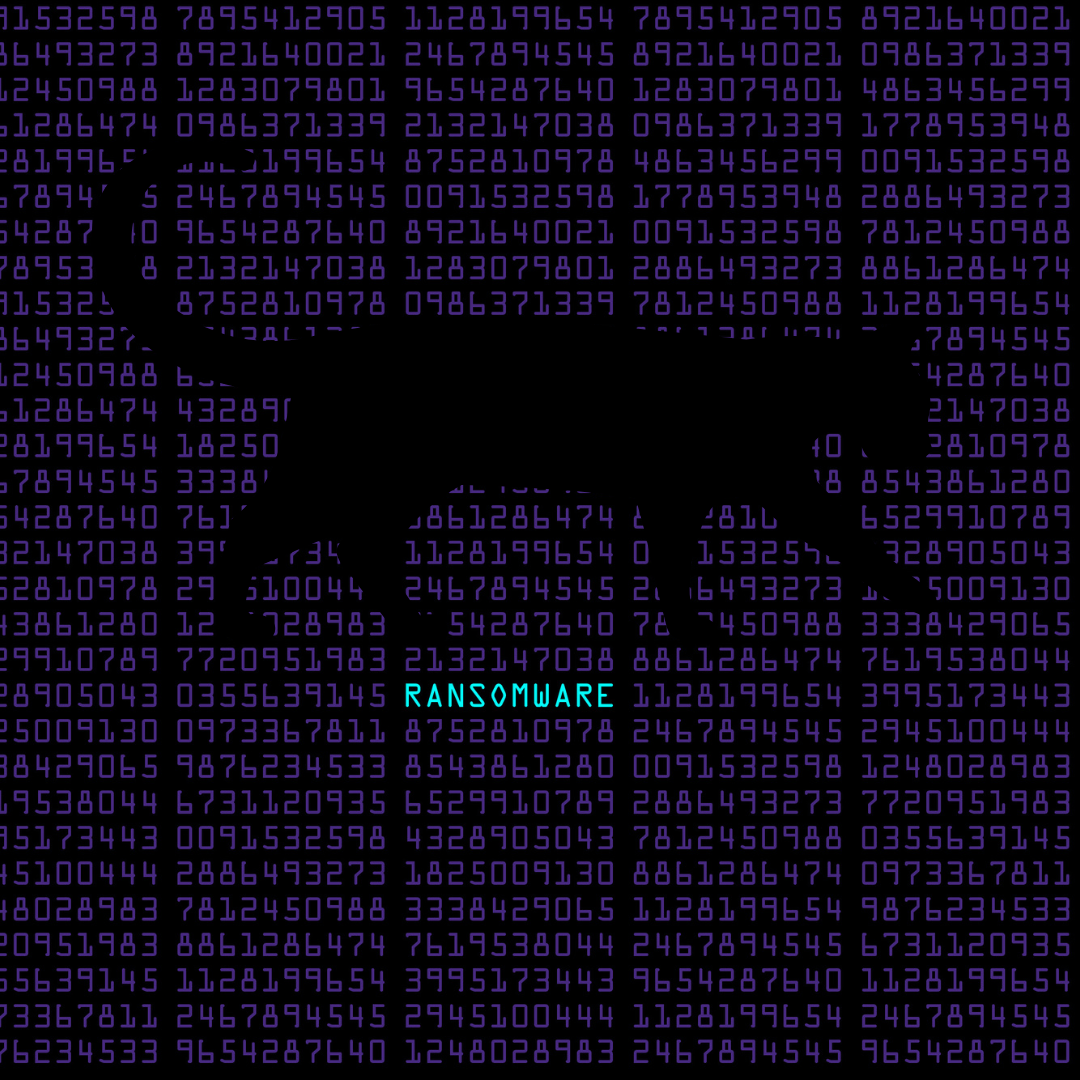The Black Cat Ransomware group has emerged as a significant threat, particularly in the healthcare sector. This criminal organization, known for orchestrating the ransomware attack on United Healthcare, has garnered attention and concern. Despite the FBI's supposed takedown of the group in December, Black Cat remains active, demonstrating resilience and adaptability.
Recently, the Cybersecurity and Infrastructure Security Agency (CISA), Federal Bureau of Investigation (FBI), and the Department of Homeland Security (DHS) jointly released a #stopransomware advisory. This advisory focuses on the AlphV Black Cat ransomware group, offering detailed insights into their tactics, techniques, procedures (TTPs), and indicators of compromise (IOCs). The initiative is part of a broader effort to empower network defenders with crucial information to combat various ransomware variants.
Reflecting on governmental responses to cyber threats, it is essential to draw lessons from past experiences. Comparisons can be made to the failed "war on drugs," where a forceful approach proved ineffective. Similar to this scenario, combating cyber threats through traditional law enforcement methods might not be the most practical solution. The landscape of cybercrime, facilitated by the dark web and the speed of the internet, requires a more nuanced and strategic approach.
Black Cat operates as a ransomware-as-a-service entity, relying on affiliates to infiltrate networks. Once access is compromised, the group deploys ransomware, negotiates payments, and engages in data theft and resale. A concerning development is their shift in focus to the healthcare sector, especially after the FBI's operational actions in December 2023.
Despite the FBI's publicized efforts, Black Cat has not only resurfaced but has improved its operations. The group announced an update to its ransomware in February 2023, enhancing capabilities and expanding its reach to Windows and Linux devices, including VMware instances. This adaptability underscores the challenges in countering cyber threats effectively.
The advisory underscores the advanced methods employed by Black Cat affiliates, including social engineering, vulnerability exploitation, and the use of legitimate remote access tools. Particularly troubling is the group's recent exploitation of a ConnectWise ScreenConnect vulnerability. The advisory offers mitigation recommendations for businesses, especially in healthcare, emphasizing asset inventory, prioritized vulnerability remediation, and user training against social engineering.
In the event of an incident, the advisory suggests steps like isolating affected hosts, changing credentials, and reporting to authorities. Preparedness and proactive measures are crucial in defending against ransomware threats. By following the outlined mitigation strategies and staying informed, organizations can enhance their cybersecurity posture and resilience against malicious actors.
The cat-and-mouse game with Black Cat highlights the need for a strategic and less boastful approach by government agencies. Past disruptions have not deterred the group, which continues to evolve and improve its operations. The recent cyber attack on Change Healthcare, exploiting ConnectWise vulnerabilities, underscores the importance of prompt software updates and heightened awareness.
The Black Cat Ransomware group poses a persistent threat, and combating such cyber threats demands a comprehensive, adaptive, and less forceful approach. Mitigation strategies, proactive measures, and continuous vigilance are key elements in safeguarding against evolving ransomware threats, especially in critical sectors like healthcare.



